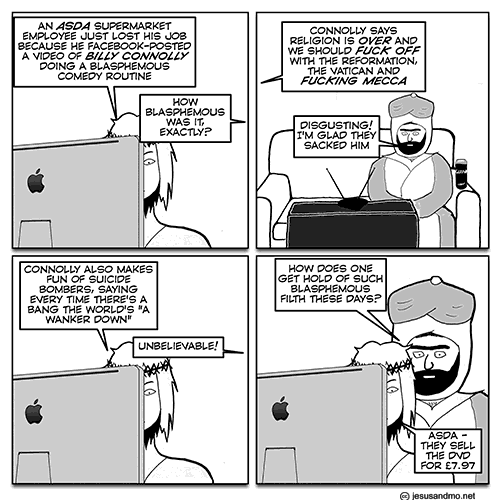City kids can now change their gender status on school records without any legal documentation — and play for the sports teams of their preference, the Department of Education announced Friday.
With parental permission, students can alter their genders, change their names and join sports teams regardless of what appears on their birth certificate, officials said.
Isn’t that sweet. How many Joes and Bills and Daves will rush to join the girls’ teams in order to win everything, I wonder. How many girls will lose their chance to win anything ever, I wonder.
“Schools are safe havens for students to develop their passions and discover their true identities, and these new guidelines celebrate and affirm all students,” said Schools Chancellor Richard Carranza in a statement.
Actually they’re not. Schools have nothing to do with discovering “true identity” in the sense of something that contradicts one’s physical body. Schools are places to discover interests and aptitudes and how to get better at them, but they’re not about identity. Schools do need to protect students from bullying, and bullying is often around things that can be called identities, but beyond that it’s pretty much none of the schools’ business what “identity” students have, just as it’s not their business what daydreams students have.
“With this updated policy, which allows students to change their name and gender on school records without legal documentation, we are signaling our support for all students regardless of gender identity,” City Council Speaker Corey Johnson said in a statement celebrating the changes.
Kids and their families will also be able to self-report names and genders when enrolling in a DOE school.
The regulations will permanently modify how schools calculate their demographics. Instead of tabulating gender numbers through birth certificates, administrators will now rely on self-reported information.
So demographic information will no longer be accurate. Awesome.
“These new guidelines additionally specify that puberty education classes must be inclusive and affirming to all genders, gender identities, and sexual orientations, and use gender-inclusive language throughout,” the department said.
The DOE added that LGBTQ-related subject matters will become mandatory for all city kids so that “multiple forms of diversity, including gender and sexual orientation, are recognized, understood, and regarded as indispensable sources of knowledge for rigorous teaching and learning,” the DOE said.
“New York City is proud to be leading on policies that allow New Yorkers across the gender spectrum to be themselves in every single area of their lives, especially our schools,” First Lady Chirlane McCray said in a statement.
We have achieved Utopia at last.

